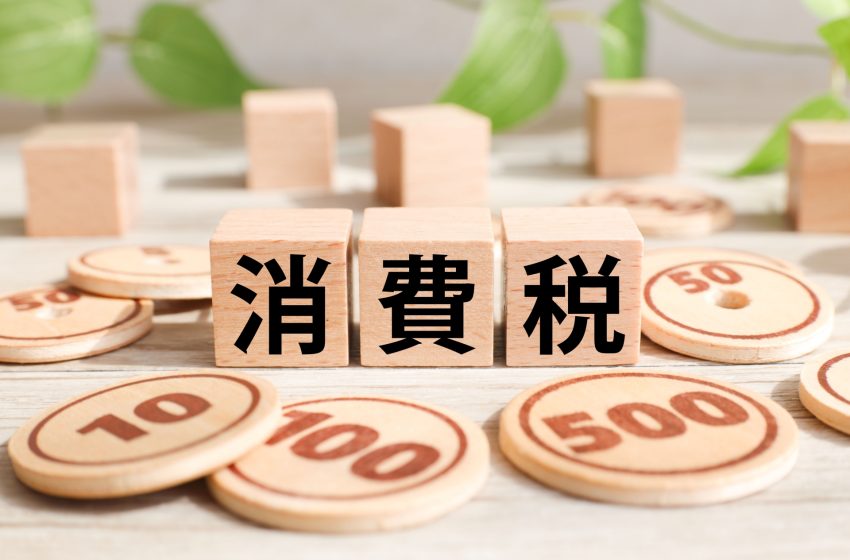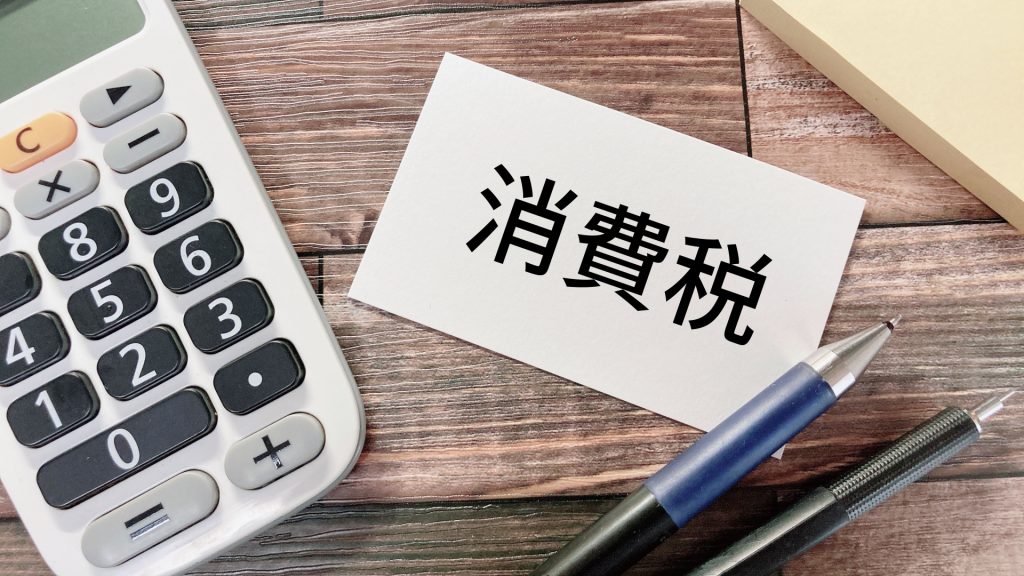
Understanding Consumption Tax in Japan: A Guide for Foreign Visitors
Hello, international travelers and those curious about the intricacies of Japanese culture and economy! Today, we’re diving into a topic that affects everyone visiting or planning to visit Japan: the consumption tax. While not the most glamorous subject, understanding this tax is essential for navigating purchases and services during your stay. Let’s break down what Japan’s consumption tax is, how it works, and what it means for you as a visitor.
What is Consumption Tax?
Japan’s consumption tax is similar to the Value-Added Tax (VAT) or Goods and Services Tax (GST) implemented in many other countries. It is a tax levied on the sale of goods and services within the country, as well as on imports. The consumption tax is included in the final price of goods and services, making it a part of everyday transactions from dining out to shopping and accommodation.
Current Rate and History
As of my last update in April 2023, the consumption tax rate in Japan stands at 10%. This rate was last increased in October 2019 from the previous rate of 8%. The consumption tax was first introduced in Japan in 1989 at a rate of 3%, and it has gradually increased over the years as part of the government’s fiscal policy.
Reduced Tax Rate
In a move to alleviate the impact of the tax increase on daily life, Japan introduced a reduced tax rate of 8% for certain categories, specifically for food and beverages (excluding alcohol and dining out) and newspaper subscriptions delivered at least twice a week. This reduced rate aims to help consumers adjust to the tax hike by making essential goods slightly less expensive.
Impact on Visitors
For foreign visitors, the consumption tax means that most of your purchases in Japan will include this 10% tax in the price displayed. However, there’s a silver lining: the tax-free shopping scheme. Tourists can take advantage of tax-free shopping for goods purchased at participating stores, provided the items are taken out of Japan within six months of purchase. This can lead to significant savings, especially on larger purchases.
How to Shop Tax-Free
To shop tax-free, look for stores displaying a “Tax-Free Shop” sign. You will need to present your passport at the time of purchase and meet the minimum spending amount, which varies by store but is generally around 5,000 yen. The store will usually provide you with a form that you must keep with your passport and present to customs upon leaving Japan.
Conclusion: Navigating Consumption Tax
While the consumption tax is an unavoidable aspect of buying goods and services in Japan, understanding how it works and how to take advantage of tax-free shopping can make your visit more enjoyable and budget-friendly. Remember to look for tax-free shopping options and keep the necessary paperwork handy for a smooth departure.
Happy travels, and may your visit to Japan be both enriching and economical!


